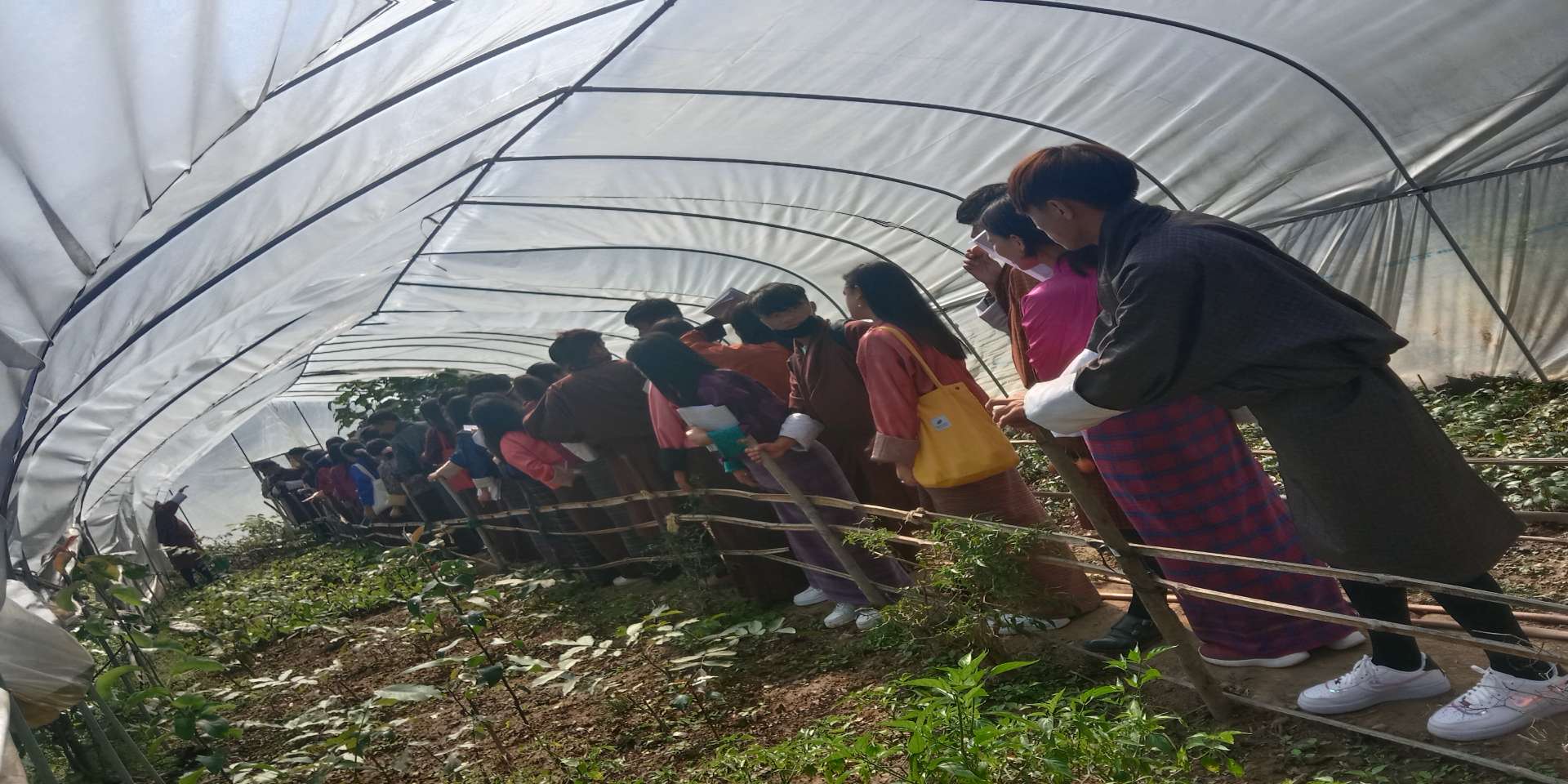Price: Nu. 0/Unit
The chestnuts are the deciduous trees and shrubs in the genus Castanea, in the beech family Fagaceae. They are native to temperate regions of the Northern Hemisphere. The unrelated horse chestnuts (genus Aesculus) are not true chestnuts but are named for producing nuts of similar appearance that are mildly poisonous to humans. True chestnuts should also not be confused with water chestnuts, which are tubers of an aquatic herbaceous plant in the sedge family Cyperaceae. Other species commonly mistaken for chestnut trees are the chestnut oak (Quercus prinus) and the American beech (Fagus grandifolia), both of which are also in the Fagaceae. Brazil nuts, called "Brasil chestnuts" ("castañas de Brasil" in Spanish) or "Chestnuts from Pará" ("castanha-do-pará" in Portuguese) are also unrelated.
Chestnuts are low in fat compared with other nuts and are receiving attention from the health food industry. These nuts are eaten roasted, boiled, or sautéed. Chestnuts may be incorporated into various recipes, such as stuffing, vegetable dishes, casseroles, and desserts. Dried chestnuts can be ground into flour as a substitute for wheat flour or corn meal.
Chestnuts are often considered a holiday food item, so growers could take advantage of this potential market by timing sales accordingly. Demand for chestnuts peaks from September through December then declines dramatically. Proper post-harvest handling, including cold storage and marketing the chestnuts from refrigerated containers at retail, is essential for maintaining market quality. Because consumers are relatively unfamiliar with chestnuts, the producer will want to provide recipes and instructions for use and handling at the point of sale.


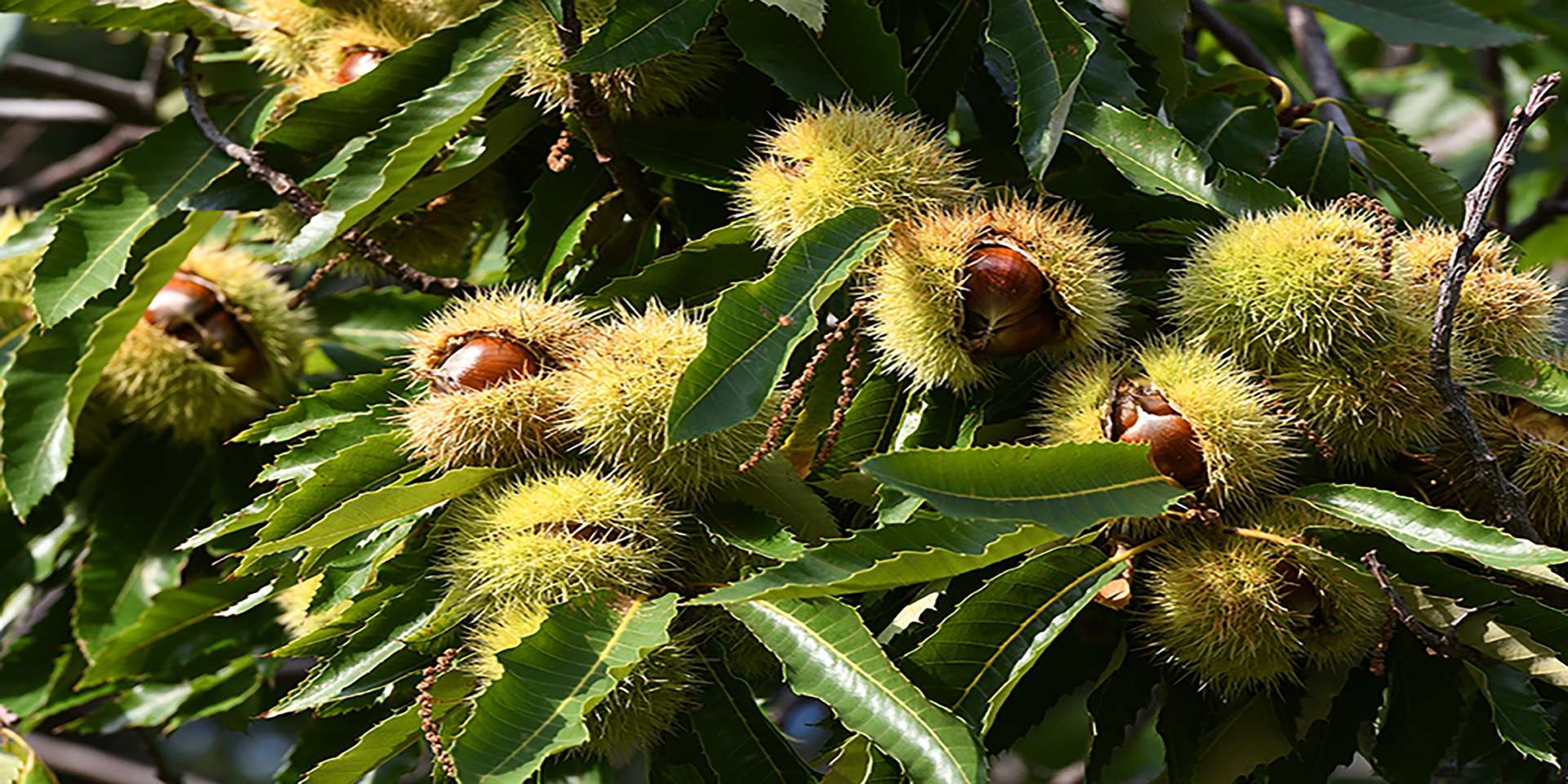
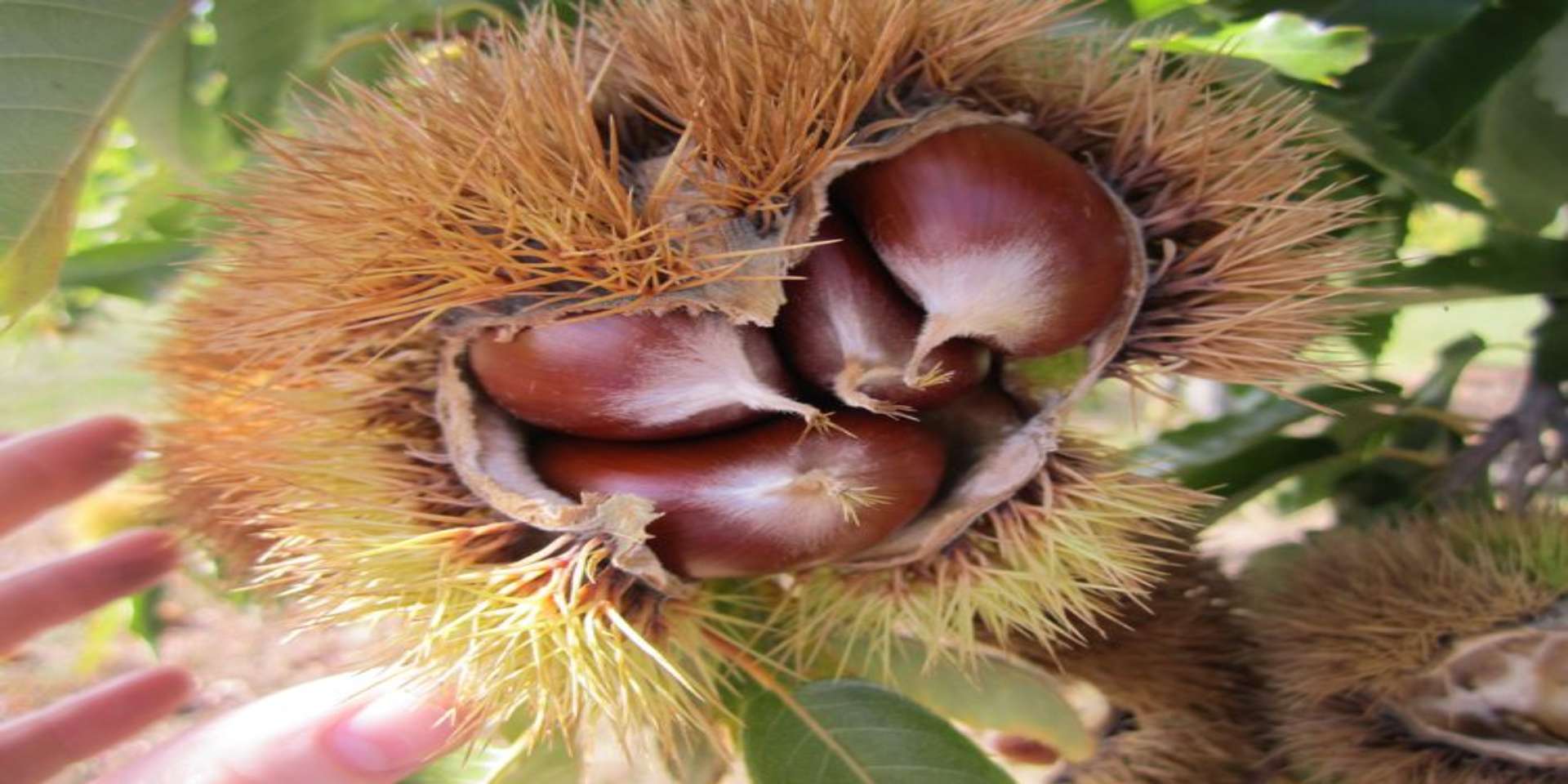

.jpg)

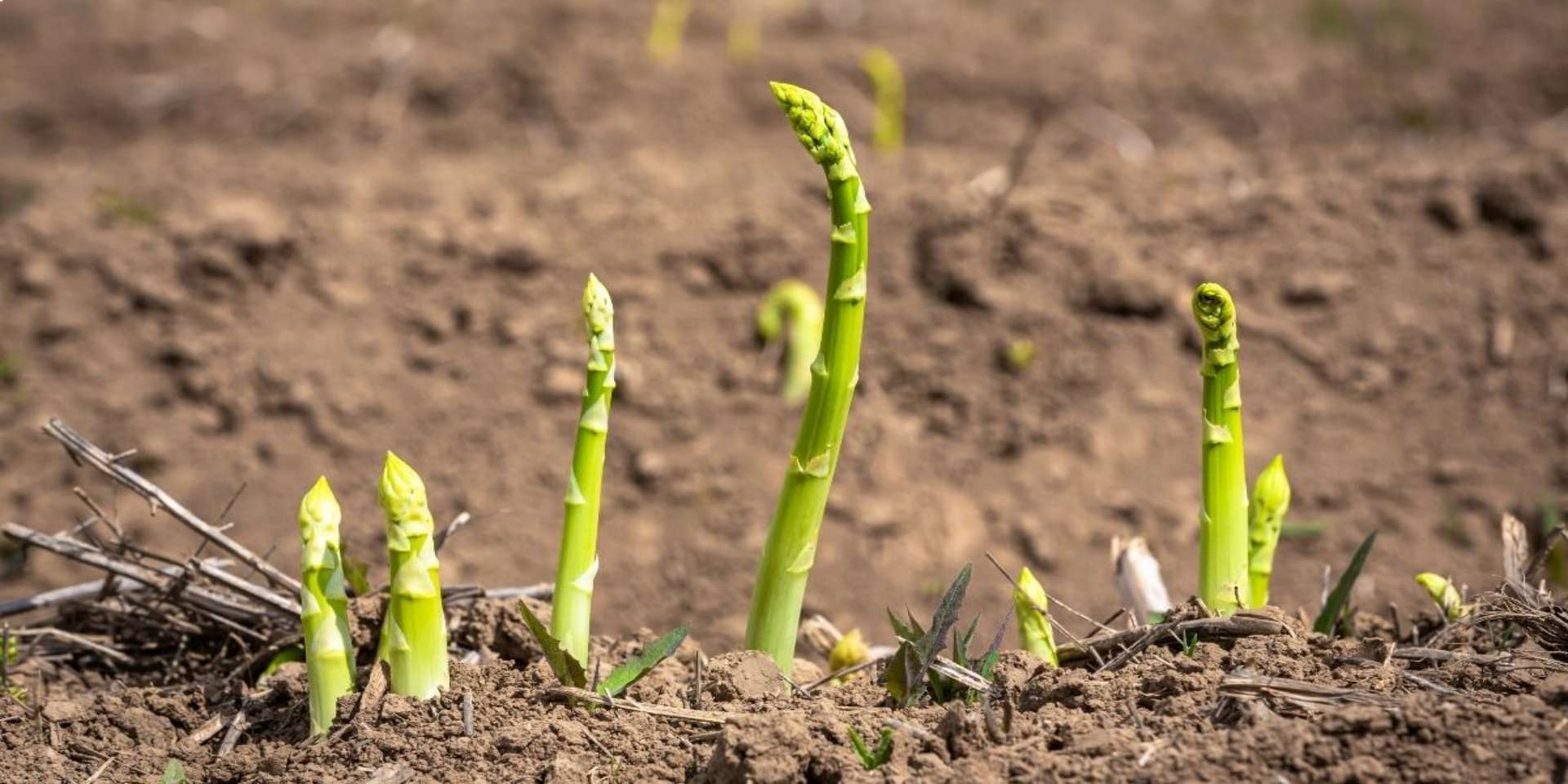
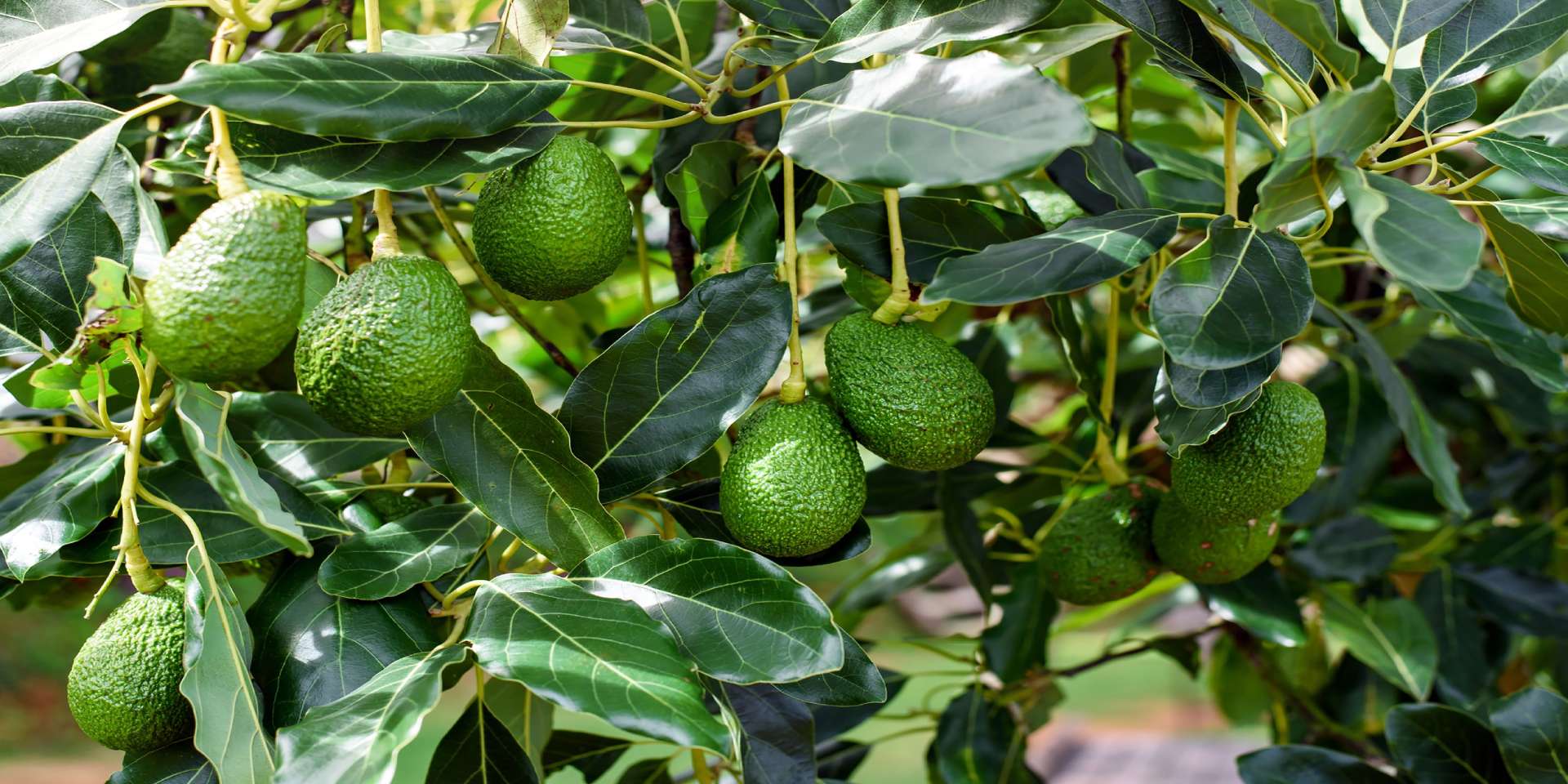
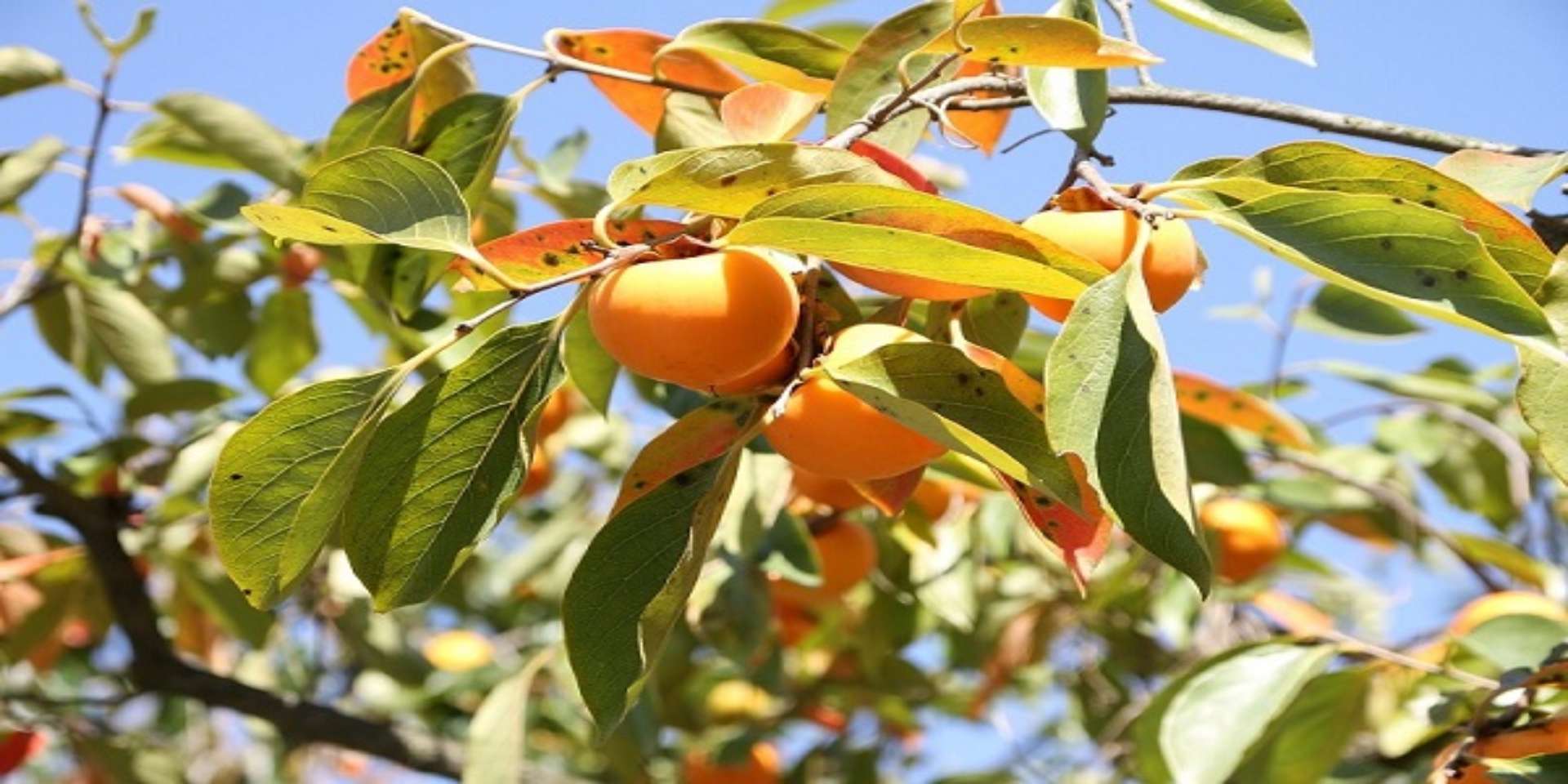
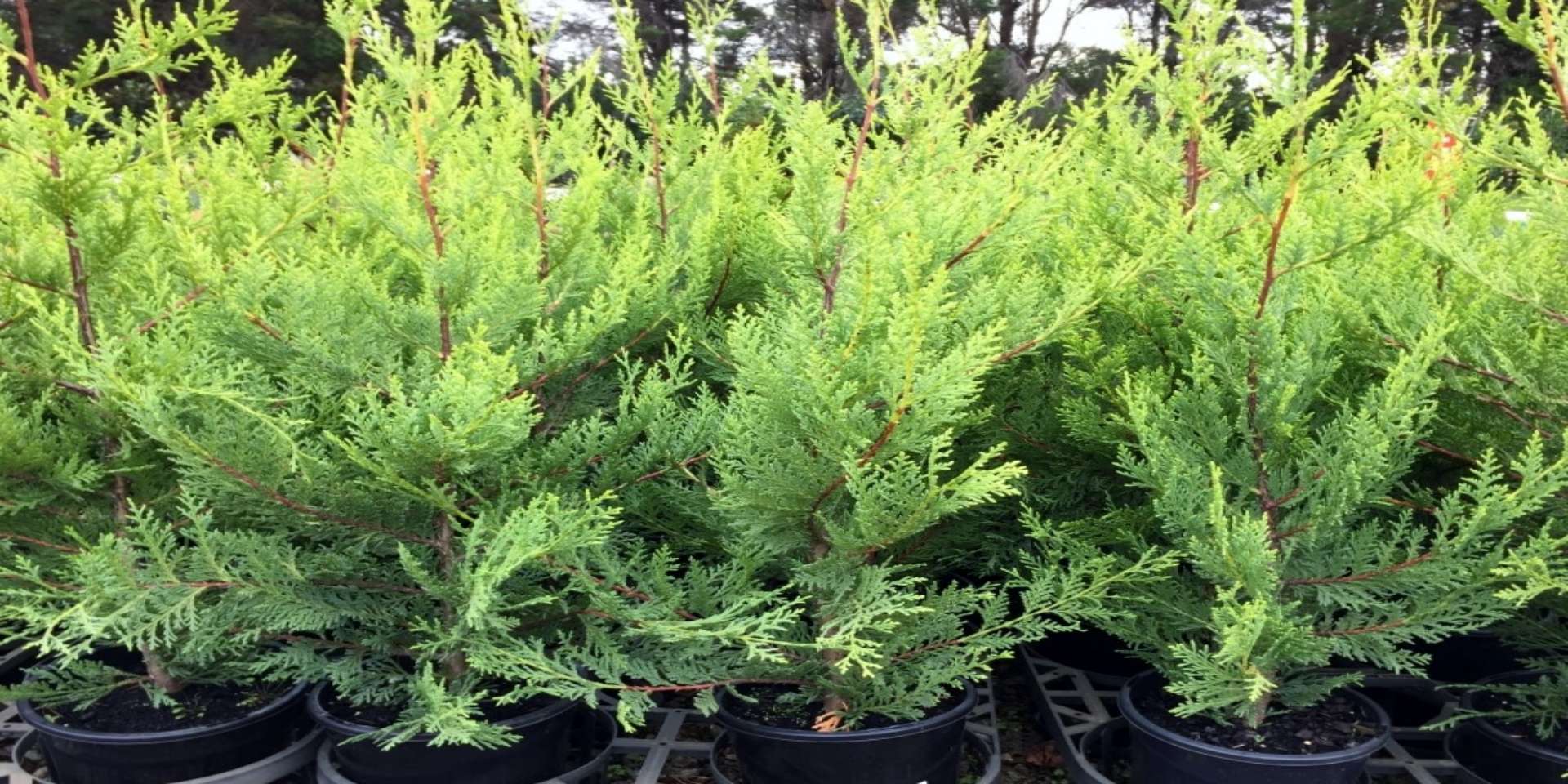

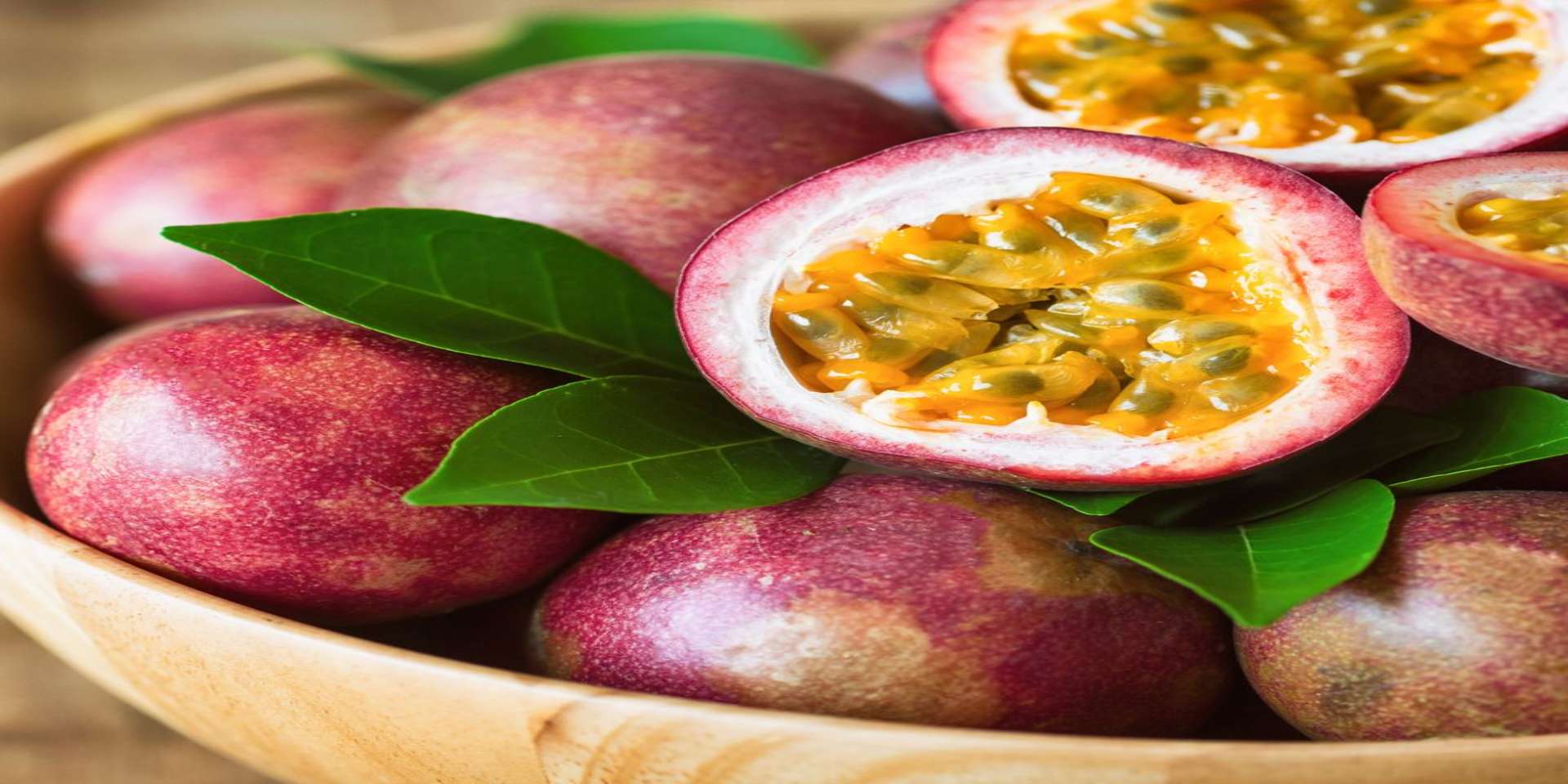
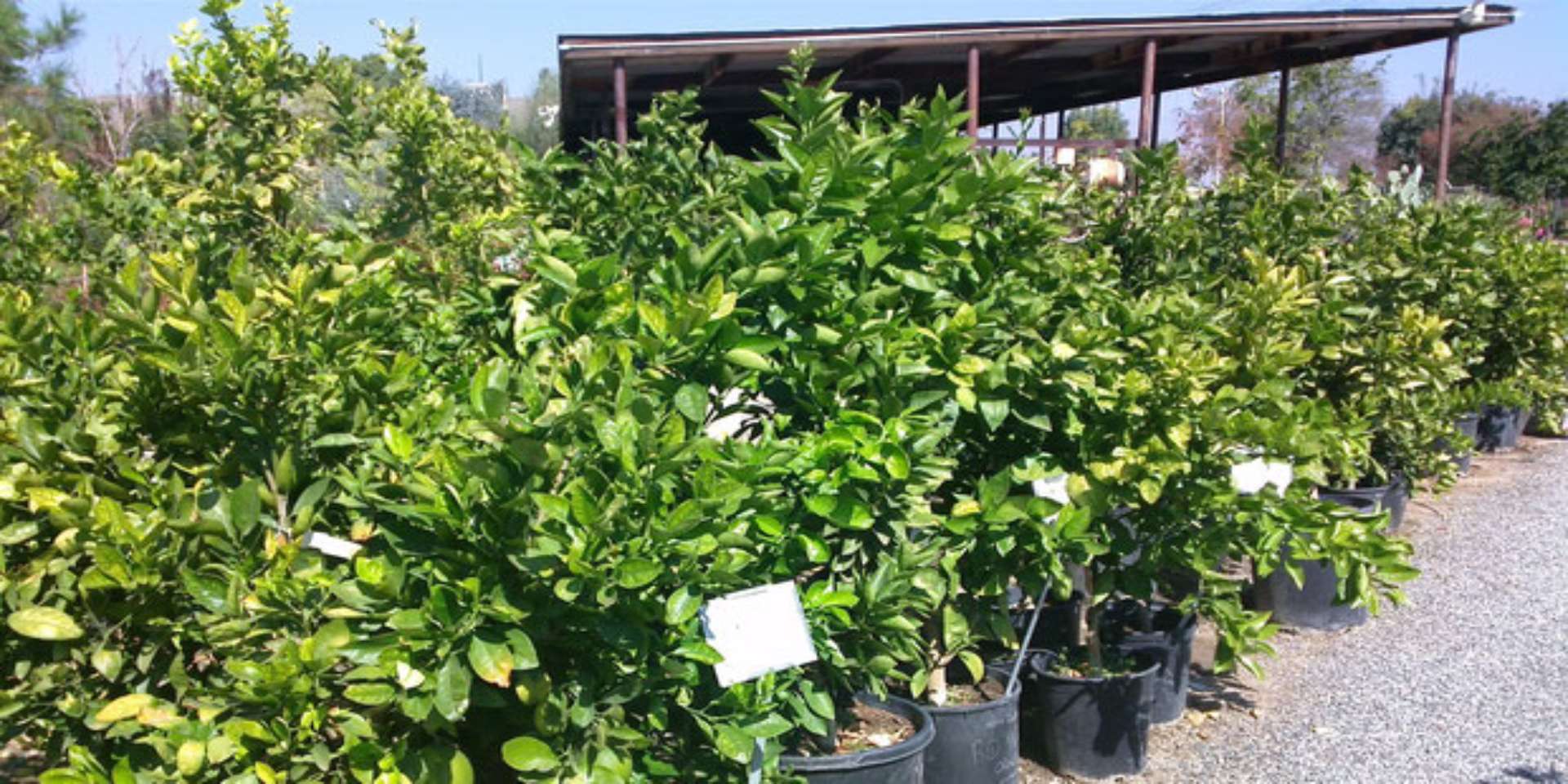
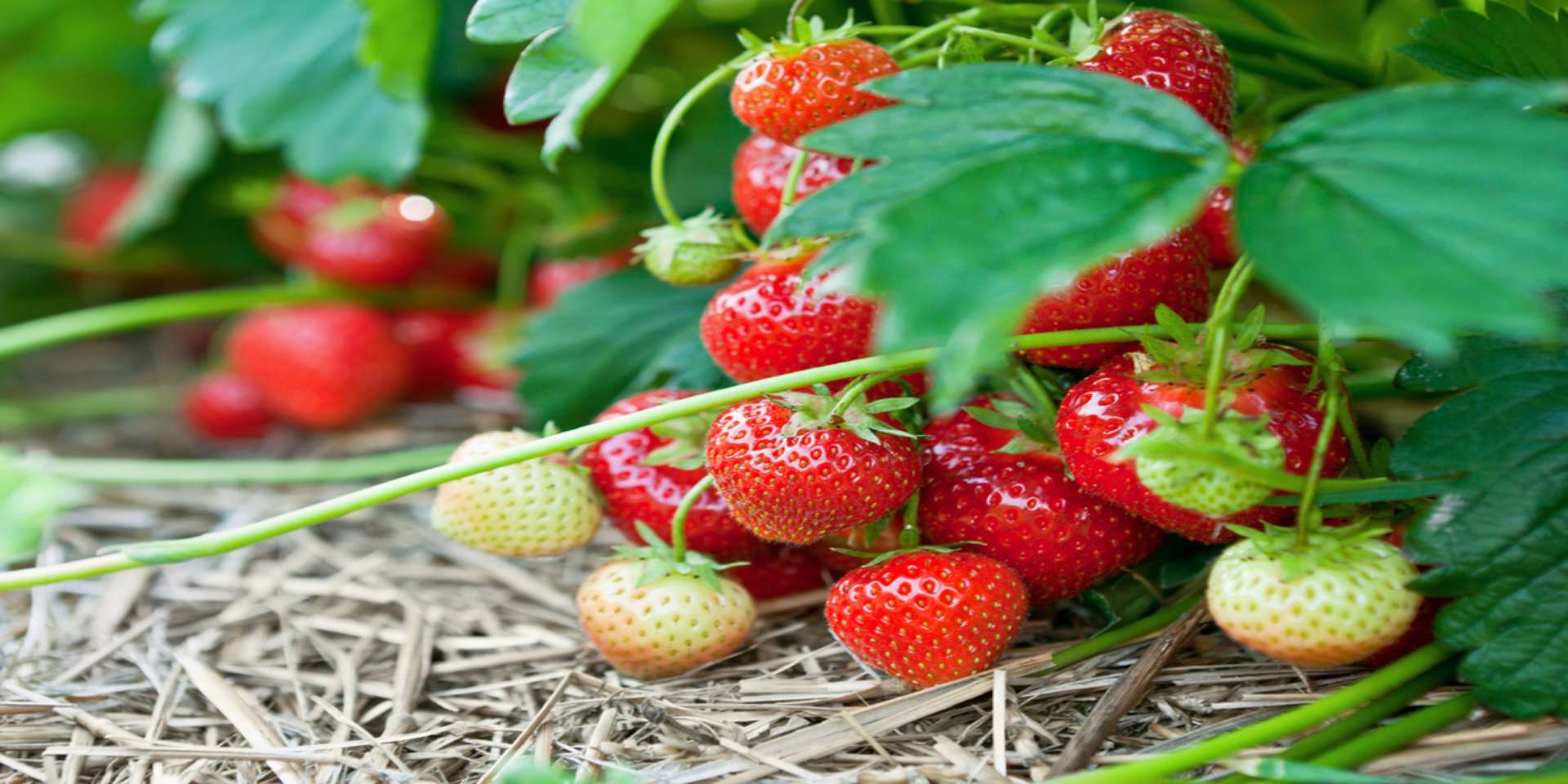
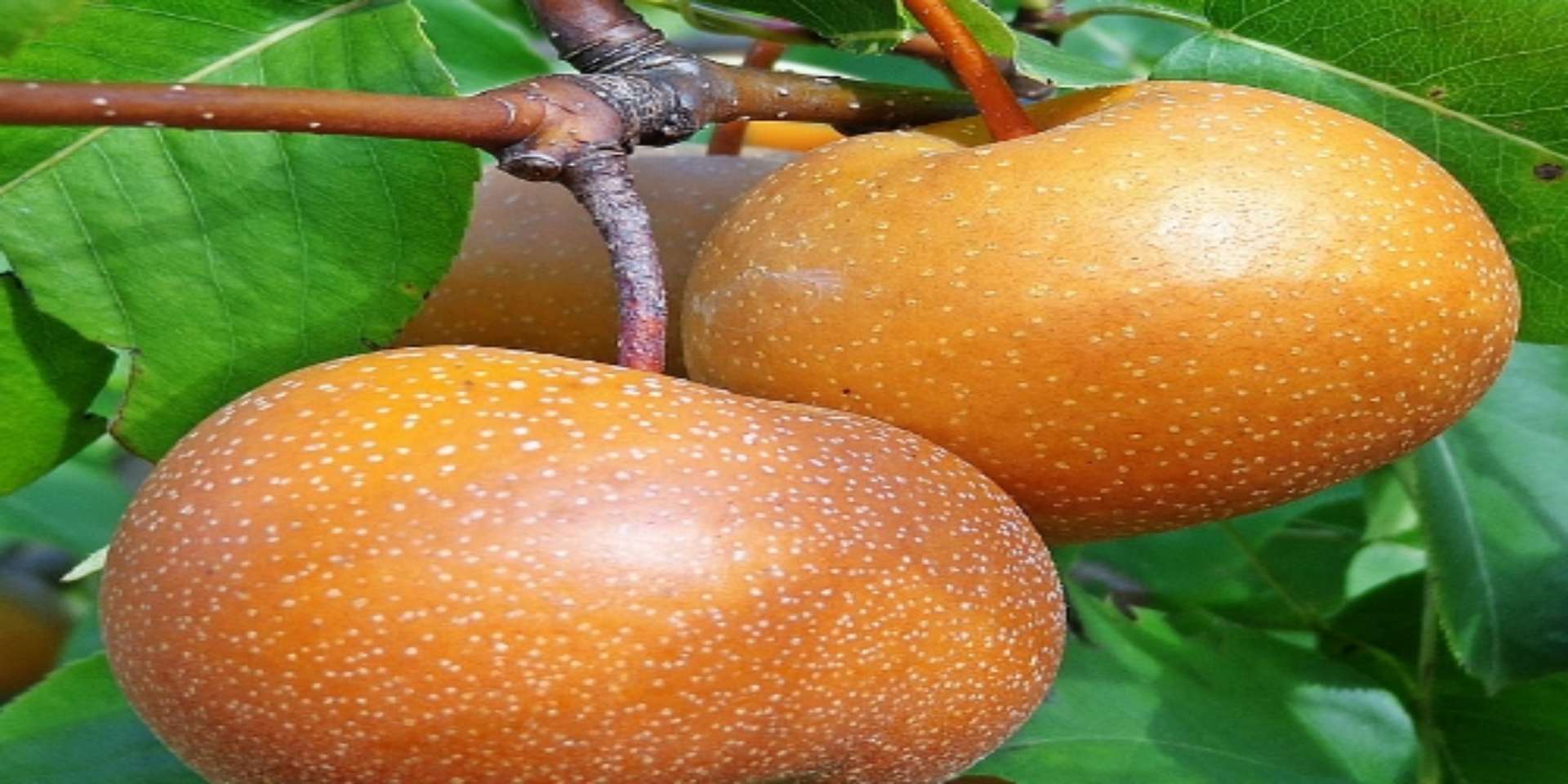

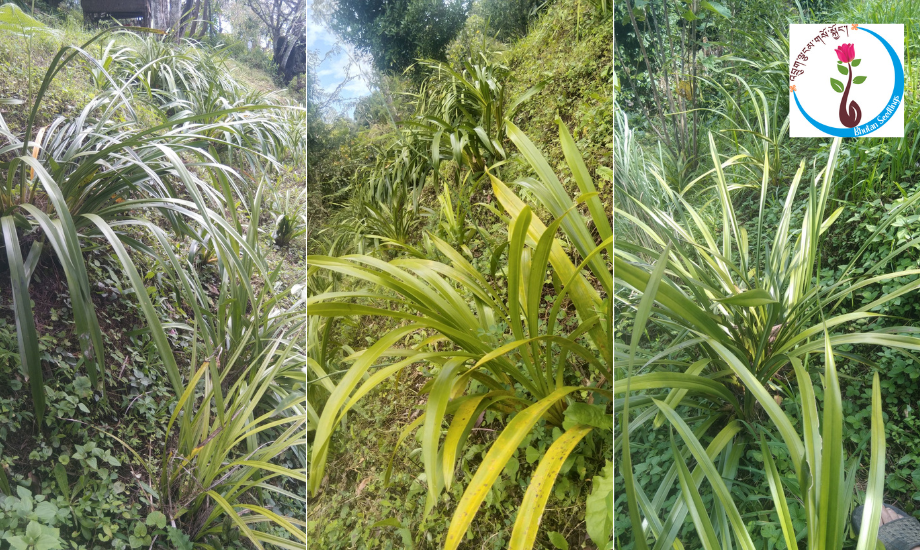
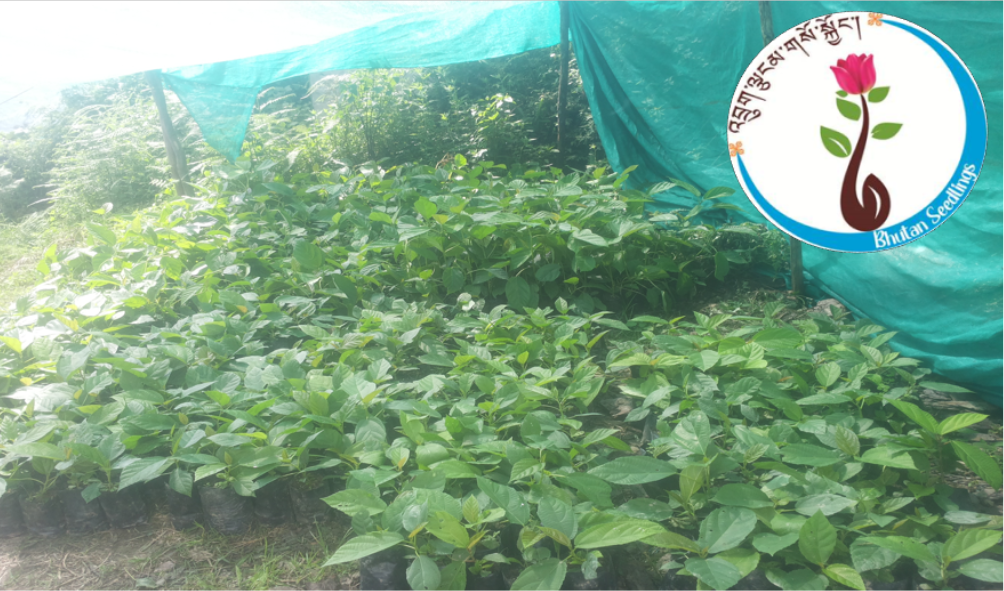
.png)


